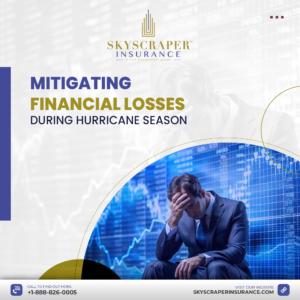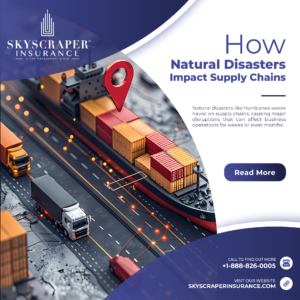Demand is up more than 50% and rates for higher-risk businesses are up double-digits in the past 12 months.
As the number of mass shooting incidents continues to rise in the U.S., the demand for active assailant, deadly weapon protection, workplace violence and similar coverages is growing.
The Gun Violence Archive reports there have been at least 405 mass shooting incidents as of August 6, 2022. During 2020, there were 611 such incidents and 2019 saw 632 mass shootings. The archive defines a mass shooting as an incident in which four or more people are shot or killed, not including the shooter.
On top of the growing number of mass shootings, workplace violence is the second leading cause of worksite deaths, according to the Occupational Safety and Health Administration, which reported approximately 700 workplace homicides happen each year. Just around one-third of these incidents involved a personal relationship, while in the remaining cases the assailant was a third party and had no known relationship with the victims.
“Demand for the AXA XL program is up more than 50% with new submissions and bind orders,” says Paul Marshall, managing director/underwriter active shooter workplace violence division for McGowan Program Administrators (MPA), which manages AXA XL’s coverages in this space.
Additionally, political violence taking place during and following the pandemic also drove more interest in these lines, Marshall tells PropertyCasualty360.com, explaining these coverages have seen 25% year-on-year growth since MPA started managing AXA XL’s program in 2016.
During the past 12 months, rates for deadly weapons protection/active shooter coverage have been increasing as more incidents occur, according to Chris Parker, head of terrorism and deadly weapon protection for Beazley.
“These increases vary by location of risk and by industry sector, but on average the increases are circa 15% over prior year premiums,” Parker says.
Noting AXA’s program focus on preferred risks, Marshall says MPA has maintained steady rates with increases of around 3-5% for good risks. He says rates are up 20-30% this year for MPA’s Lloyds programs, which typically see higher risk accounts such as habitational, retail, events and hospitality businesses.
Marshall says he consistently sees limits ranging from $1 million-$5 million, but there has also been a record number of requests for limits of $10 million or more because of runaway verdicts and huge settlements in these lines of coverage. MPA has placed up to $100 million limits on very large risks through its Lloyds excess programs.
Underwriting violent risks
The fundamental factor when looking at a business’ risks is to consider its location and the crime levels in the area, according to Parker.
“We then look at the industry sector the client is in because some risks such as health care, houses of worship and schools are on the higher end of the risk scale compared to commercial offices or open spaces,” he says. “We then take into consideration the client’s risk preparedness level, how secure the locations are, and the client’s relationship and interaction with the security forces and crisis management consultants.”
The client’s loss history and exposure to DWP and active shooter events is then examined, Parker says, adding: “When our clients purchase DWP coverage, they automatically receive a security vulnerability review and are invited to attend a safety action plan webinar.”
Beazley then analyzes and evaluates the insured’s security protocols, highlighting any current exposures, threats and dangers, and provides a risk analysis report of findings and general recommendations.
“Total immunity from risk is impossible, but effective risk management can mitigate the exposure while reinforcing an institution’s commitment to the highest standards of safety,” Parker says.




